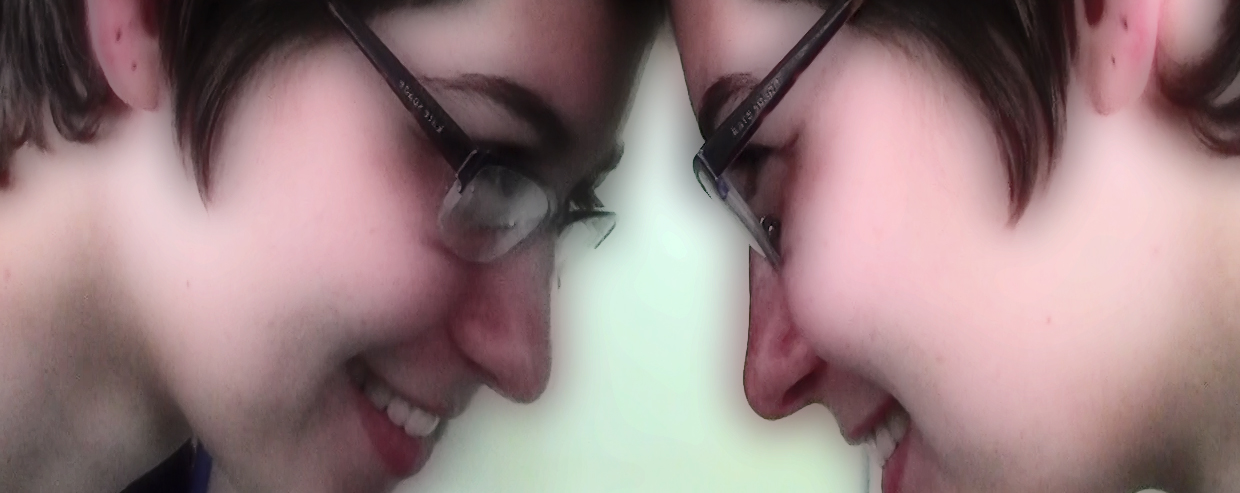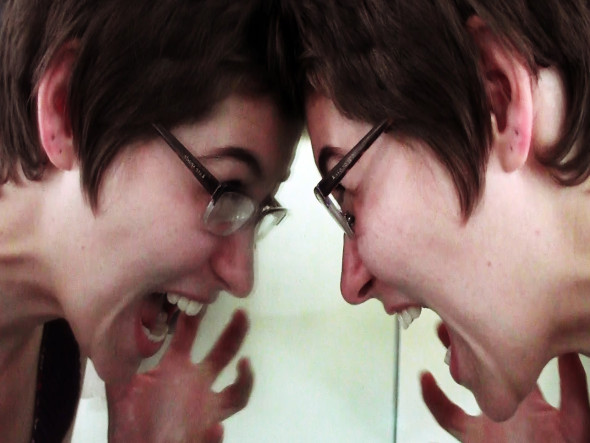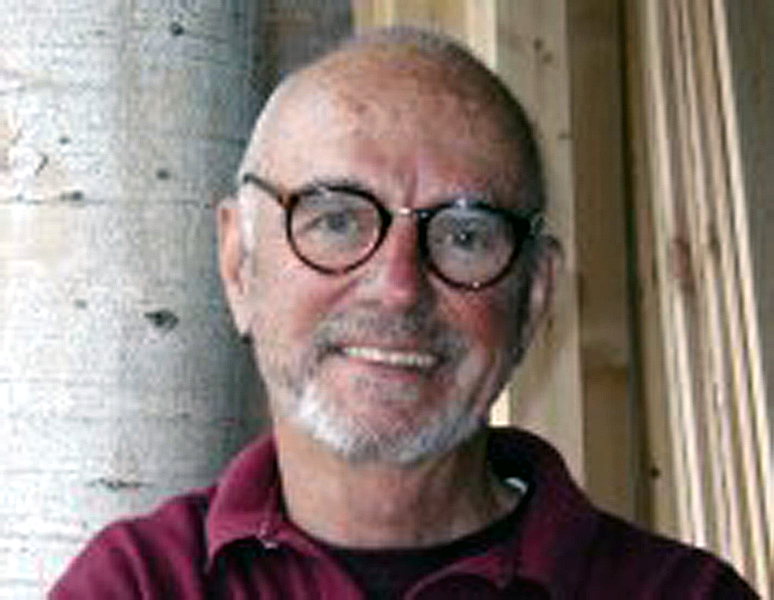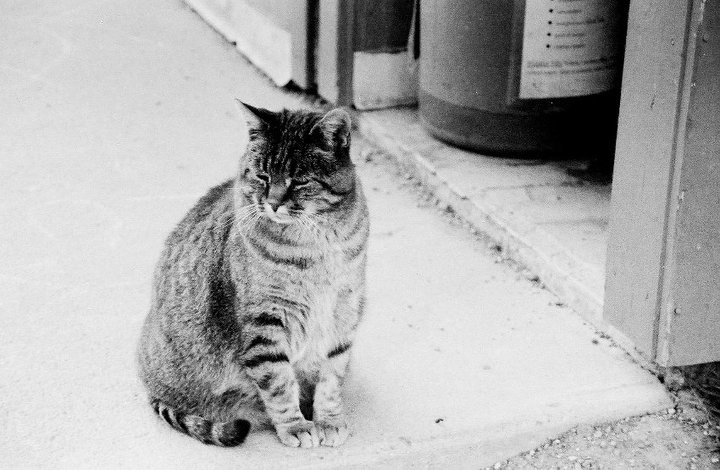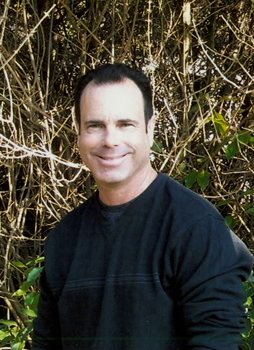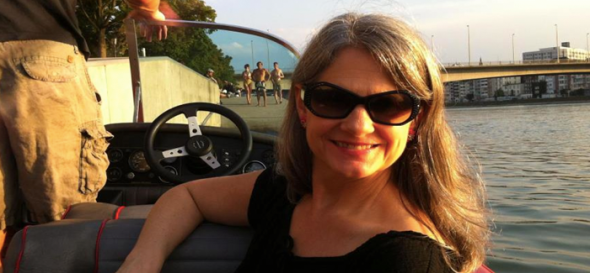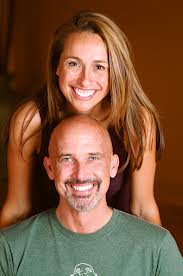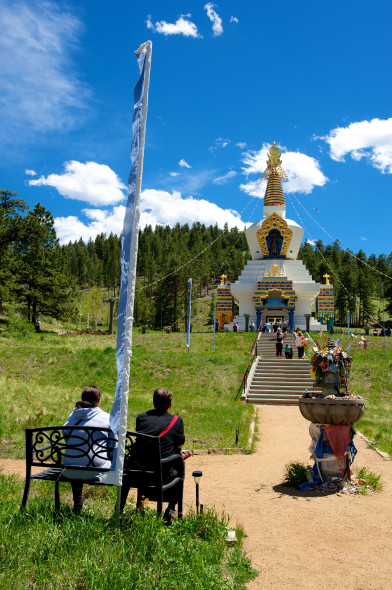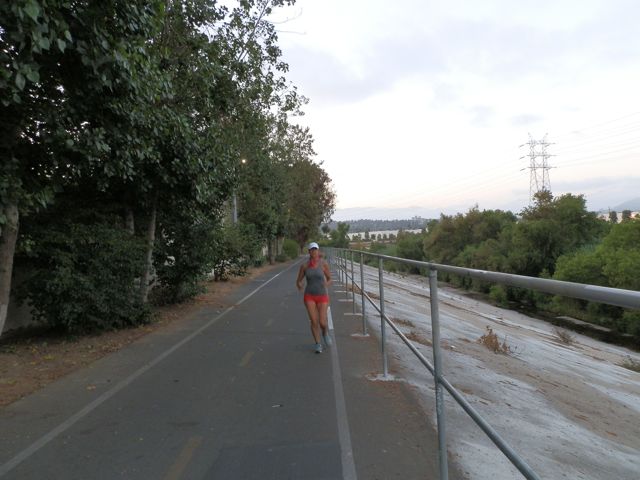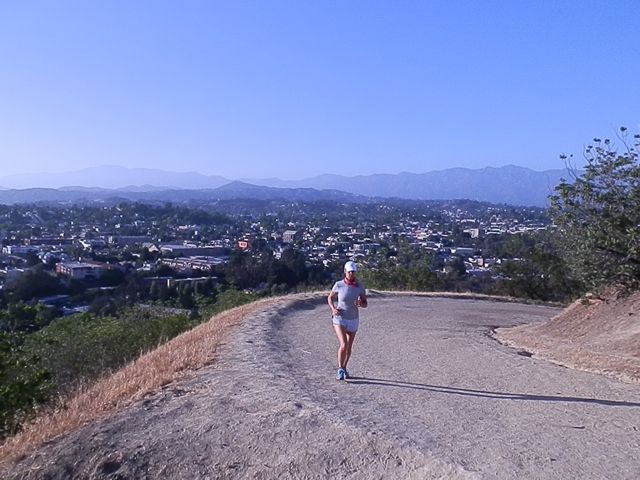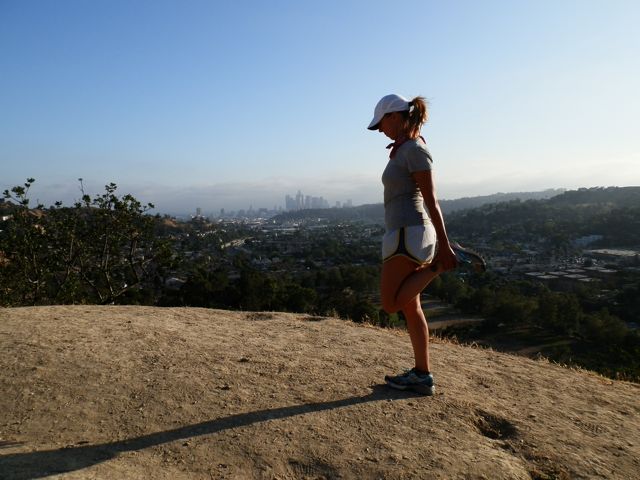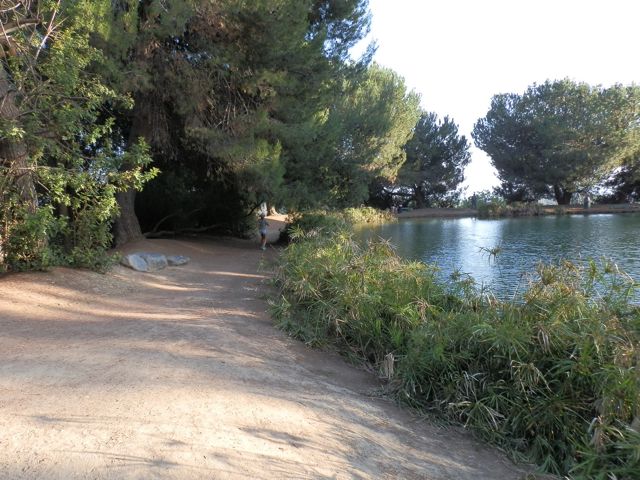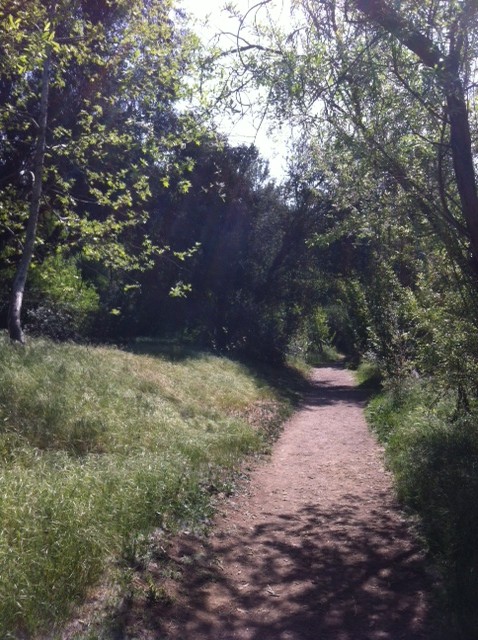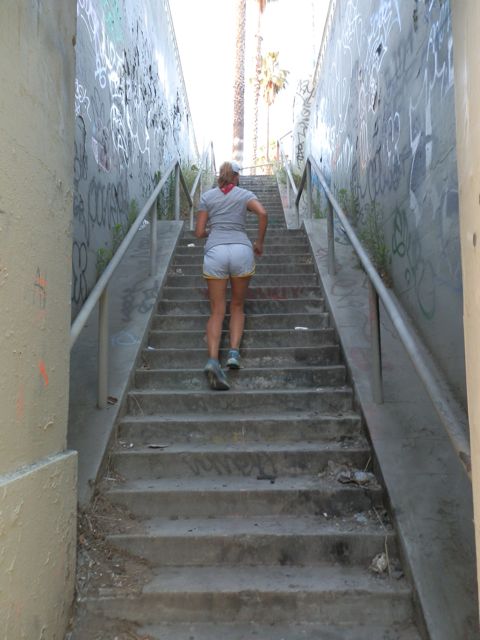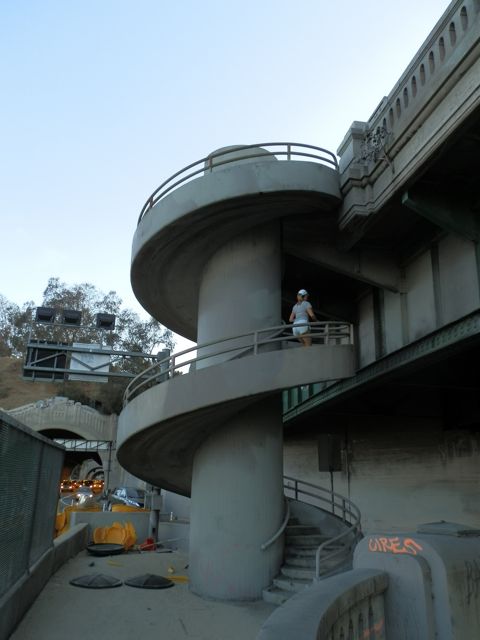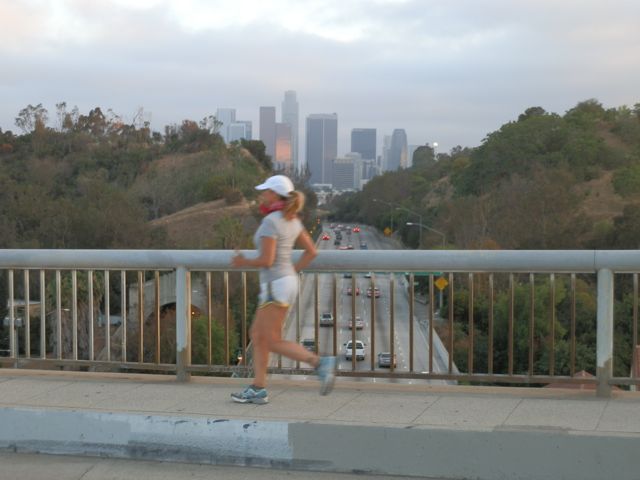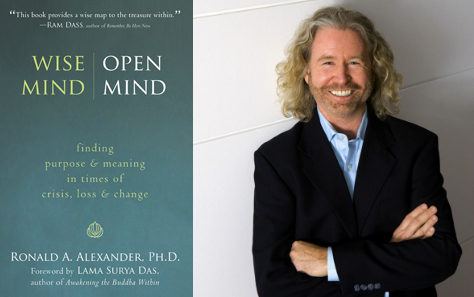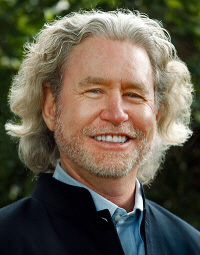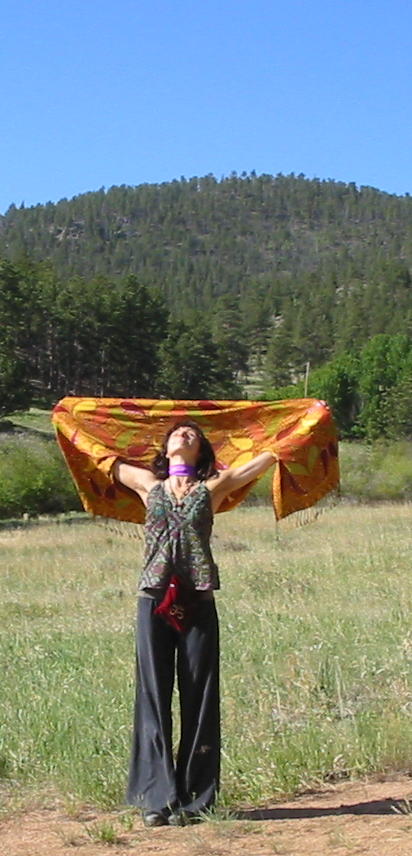By Paul Shippee
Paul Shippee will lead a NVC weekend retreat at Shambhala Mountain Center September 13-15
The main positive effect of Nonviolent Communication (NVC) practice is to increase your chances of getting a compassionate response from others. I have found that NVC has an amazing result of disarming others as well as one’s own deeply embedded defenses that lead to painful conflicts. Usually, somewhere deep in our conditioned brain, we really think that our defenses are the best way to be safe. But, in NVC practice, we invariably discover that real safety comes from being vulnerable. This unearths a contagious authenticity that fosters relationships, both intimate and casual, that work beautifully.
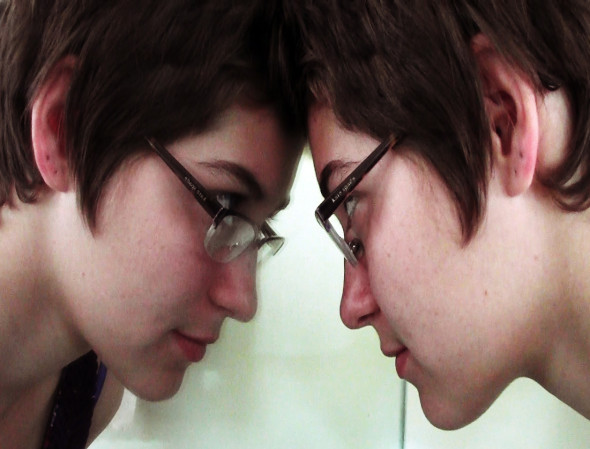 Once we can open our heart to ourselves and honestly express what we are actually feeling and needing in the moment, we begin to glimpse new dimensions of life. We take baby steps in trying out vulnerability as a means of trust and smarter safety. This feels uncomfortable as it invites us into a larger world of undefended love and connection to others.
Once we can open our heart to ourselves and honestly express what we are actually feeling and needing in the moment, we begin to glimpse new dimensions of life. We take baby steps in trying out vulnerability as a means of trust and smarter safety. This feels uncomfortable as it invites us into a larger world of undefended love and connection to others.
We are conditioned in our culture to speak from the head. The main learning in NVC is to direct your attention to what’s alive in you and become aware of feelings and needs as they arise in ourselves and others. We find that to develop compassion we must bring our attention more and more to the emotional body.
Even our most functional and fruitful relationships can be marked by judgment, criticism, and other self-limiting junk. When this happens, examine the link between pain and blame inside yourself. It’s simple but it ain’t easy. We are addicted to pleasure; habitually leaning into what feels good. By affecting another person whom we care about, we realize that this dedication to the pleasure-principle is totally irresponsible emotionally. So our escape is blame, and blame feels good because it lets us off the hook as we cleverly and conveniently move our attention to the other person. NVC seeks a softer approach to challenges and helps us to realize that a flow of brilliant communication, joy, and natural peace is always available.
We have a local NVC practice group which has been working with opening this heart space and here’s a sampling of what they have to say about their experience:
Aliyah Alexander: Despite 30 years of working as a psychotherapist and doing my own internal work, I am still challenged every time I utilize Marshall Rosenberg’s guidelines (the founder of NVC) of moving from righteousness (being right) to vulnerability (the heart). Through this practice, communication becomes a stepping-stone into the spiritual realm, which involves moving into a place of empathy with self and others.
Gussie Fauntleroy: One of the most important things I’m learning is how to listen as if everyone matters. A lot of it is learning to recognize and accept, and therefore transform, my own longstanding habitual patterns of communication and interaction and ways of seeing myself and others.
Larry Lechtenberg: I used to go around feeling quite lonely and deeply longing to connect with people, and trying to always discover the “right” thing to make this happen. Now, I think much less; instead I try to observe closely, with the intention of becoming aware of what I’m feeling and needing, and what the other person’s feelings and needs are. This usually produces an amazing feeling of connection.
Kirsten Schreiber: One aspect of NVC that I find myself especially appreciating lately involves being able to go into a space where I can express myself and then step back and listen or imagine what the other person might be experiencing. Having the inner space for that without reacting doesn’t necessarily solve something but it can help me broaden my vision and see a bigger picture.
Paul Shippee, MA Psychology, studied Nonviolent Communication (NVC) intensively with founder Marshall Rosenberg and other NVC trainers. He has facilitated NVC groups continuously for the past 8 years and teaches NVC workshops around the country. Paul Shippee will lead a NVC weekend retreat at Shambhala Mountain Center September 13-15


